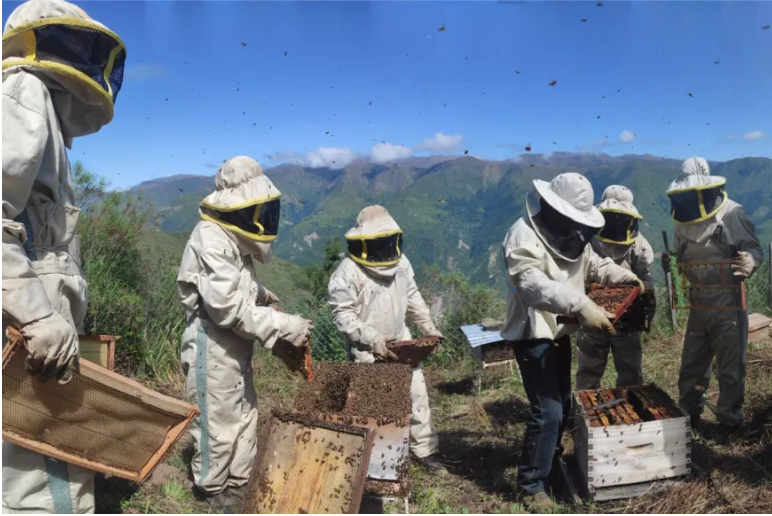Ximena Velez-Liendo, a self-described “bear-ologist”, has found ways to help rural communities and bears coexist
In 1998, at the age of 22, conservation biologist Ximena Velez-Liendo came face-to-face with South America’s largest carnivore on her first day of field research in Bolivia. Her life changed forever when she turned around to see “this beautiful, amazing bear coming out of the forest,” Velez-Liendo says. “It was like love at first sight.” She thought in that moment: “If I can do anything for you, I’ll do it.”
Also known as spectacled bears, Andean bears are easily recognized by the ring of pale fur that often encircles one or both eyes. Bolivia is home to about 3,000 adult bears, or roughly one-third of the world’s total Andean bears, whose range arcs through five countries along the western edge of South America. Listed as vulnerable by the International Union for Conservation of Nature, or IUCN, the species (Tremarctos ornatus) suffers mainly from habitat loss and conflicts with humans, who sometimes kill the bears in retaliation when bears raid crops or hunt livestock.
This article appeared in Science News on April 30, 2024.

